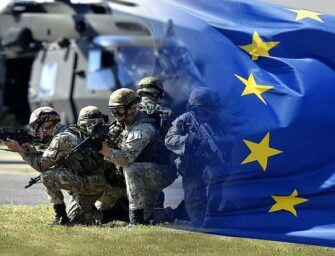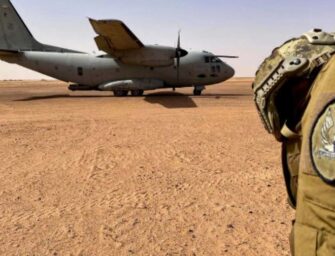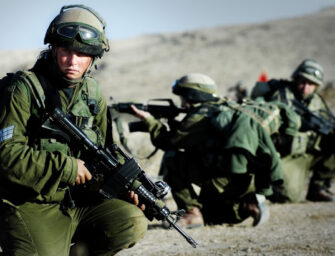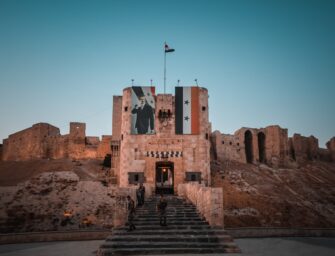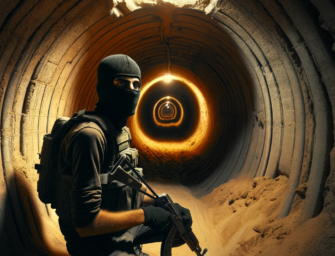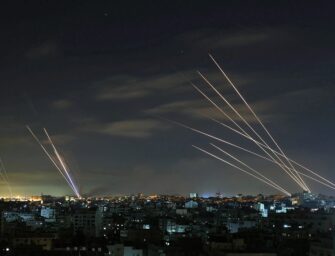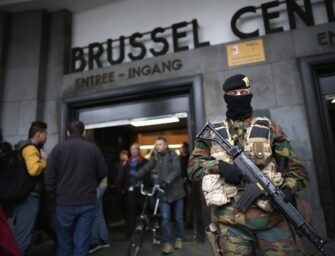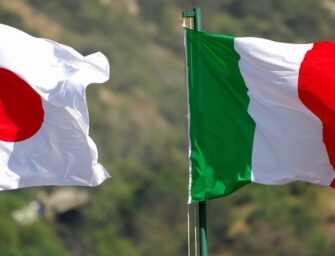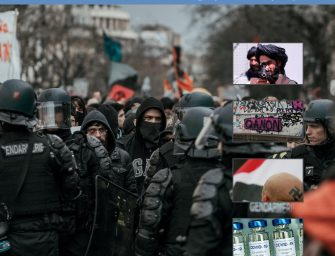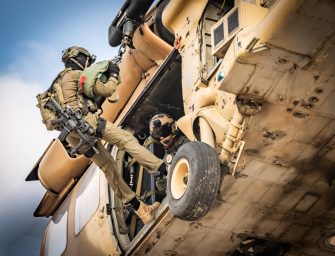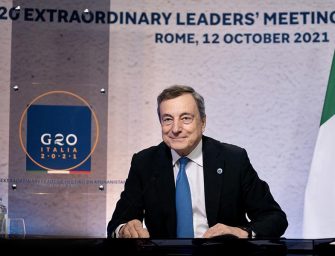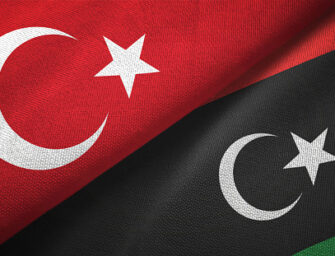The current threat and evolution of jihadist groups in the Sahel

by Marco Cochi
The war in the north of Mali has turned into a low-intensity asymmetric conflict while a new, dangerous insurgency has further developed along the Niger-Mali-Burkina Faso border
Instability and insecurity in the border regions of the Sahel are a long-standing phenomenon. They originate from a series of issues, namely the still uncertain consolidation of the security forces belonging to different states of the region; the porosity of borders; ethnic-driven territorial claims and the presence of active Islamist extremist groups. The crisis in this area worsened at the end of 2011 following the fall of Muammar al-Ghaddafi and resulted in a huge, illegal flow of weapons through the Sahel, which has fuelled insurrections and conflicts in the region.
A progression of events, which erupted in April 2012 under the leadership of the National Liberation Movement of Azawad (MNLA) and culminated in the Tuareg rebellion in northern Mali. A few months later, MNLA secured the support of three fearful jihadist groups: al-Qaeda in the Islamic Maghreb (AQMI), Ansar Eddine and the Movement for Oneness and Jihad in West Africa (MUJAO). Later, these jihadist movements came into conflict with MNLA due to strong disagreements between the Tuareg and Islamist radicals, after the latter succeeded in imposing their fundamentalist religious connotation over the armed uprising.
After taking over military operations, the extremists began invading Southern Mali up to the point of threatening its capital Bamako. In January 2013, the revolt spree prompted Operation Serval, which was conducted by a French-led multinational force in accordance to Security Council resolutions 2071 of 12th October and 2085 of 20th December 2012.
This action prevented the former French colony from falling under an Islamist yoke and put an end to the jihadists’ offensive, but failed to eradicate the contagion of violent extremism from the area. With state authority restored in Northern Mali, as of 1st August 2014 Paris entrusted the fight against Sahelian jihadist groups to the Operation Barkhane, comprising Serval and Epervier.
Six and a half years later, the war in the north of Mali has turned into a low-intensity asymmetric conflict and a new, dangerous insurgency has further developed along the Niger-Mali-Burkina Faso border. Some jihadist groups, exploiting the insecurity that characterized it for decades, have made this area their stronghold.
JNIM was established in early March 2017 under the aegis of al-Qaeda in the Islamic Maghreb (AQIM), to gather the main groups linked to al-Qaeda under a single umbrella organisation
One of the most dangerous and dynamic Islamist extremist formations in the area is Jama’ah Nusrah al-Islam wal-Muslimin (Group for the Support of Islam and Muslims – JNIM/GSIM). The JNIM was established in early March 2017, under the aegis of al-Qaeda in the Islamic Maghreb (AQIM), to gather the main al-Qaida linked groups active in Mali and the Sahel desert areas under a single umbrella organisation. Specifically, the merger involved al-Murabitun, Ansar Eddine and its affiliates from the Macina Brigade, later renamed as Macina Liberation Front.
Al-Qaeda’s Sahelian cell is led by a prominent figure of the Malian jihadist network: Tuareg Iyad Ag Ghaly – nicknamed “the strategist” – who, besides leading Ansar Eddine during the war in the north of Mali, also fought in the ranks of Ghaddafi’s Islamist Legion and in Lebanon alongside PLO militants; in addition to negotiating the release of hostages for the Bamako government and being one of the main actors in the second Tuareg uprising between 1990 and 1995.
The alliance of the main Qaedist groups active throughout the region had been anticipated by some observers; a study carried out by the French Institute of International Relations (IFRI) two months prior to the merger testifies to that, as it examines such possibility in detail.
Emir Abdelmalek Droukdel fostered the merger in response to the progressive strengthening of the Islamic State’s influence in the region
After all, AQMI leader Emir Abdelmalek Droukdel had long been pursuing the objective of binding together all militant groups in the Sahel to fulfill his ambitions of increasing AQMI’s then limited influence on the region. But the jihadist leader’s motivation also stemmed from the a need to formalize ties and relations between various armed formations, dating back to the occupation of Northern Mali. Furthermore, it is manifest that Droukdel fostered the merger in response to the progressive strengthening of the Islamic State’s influence in the region which, despite its territorial losses, still remains a pole of attraction for international jihadism.
Download the full article – Ce.Mi.S.S – Military Centre for Strategic Studies
Marco Cochi is a professional journalist, expert in security and development for Sub-Saharian Africa and Lecturer at Link Campus University, Rome.











